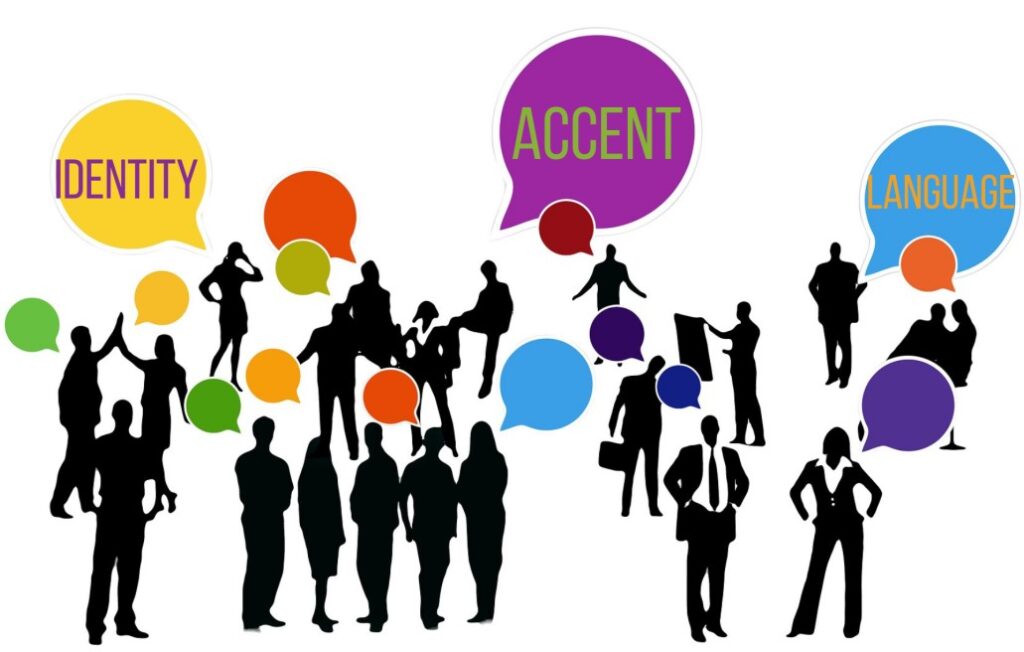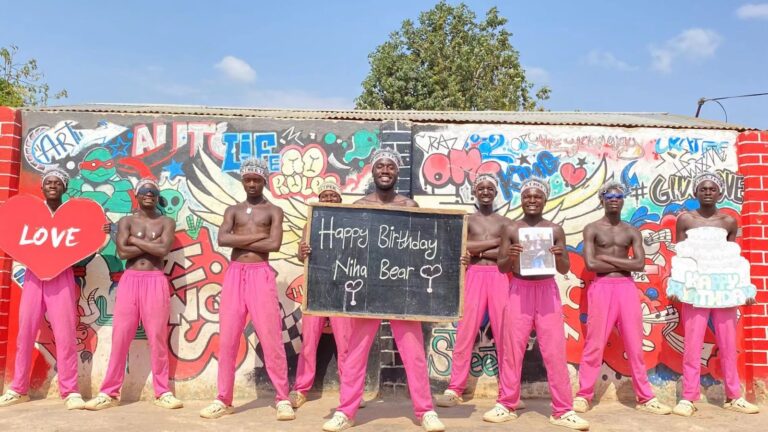Assimilasjon Understanding Cultural Absorption and Identity Transformation
Introduction
The term assimilas jon from the Norwegian word for assimilation—refers to the process where individuals or groups, often minorities, gradually adopt the cultural traits, language, behaviors, and social norms of a dominant community. This concept plays a crucial role in discussions surrounding immigration, national identity, multiculturalism, and indigenous rights.
In today’s increasingly diverse world, assimilasjon is more than just a social phenomenon—it’s a subject of political debate, academic research, and human rights advocacy. Is assimilation necessary for societal harmony? Or does it suppress cultural identity? To answer these questions, we must look at the various forms, historical significance, and modern implications of assimilas jon.
The Nature and Dimensions of Assimilasjon
Assimilas jon is not a singular or linear process. It manifests in several interrelated forms—each carrying unique implications for identity and belonging. The most common dimensions include:
Cultural Assimilas jon
This involves the adoption of the customs, values, festivals, food, and religious practices of the dominant society. Over time, individuals begin to mirror the cultural behavior expected in their new environment.
Linguistic Assimilasjon
Language is perhaps the most visible marker of assimilation. Immigrants often learn the language of their new home to access education, employment, and public life. As generations pass, ancestral languages may disappear altogether, which can erode cultural heritage.
Social and Structural Assimilas jon
Social integration through friendships, marriage, or neighborhood blending signifies a deeper level of assimilation. Structural assimilation goes even further—requiring minorities to be fully embedded in societal institutions such as schools, government, and the workforce.
Four Main Forms of Assimilasjon
| Type | Description | Example |
|---|---|---|
| Cultural | Adoption of dominant norms, values, religion, and customs | Celebrating national holidays over traditional ones |
| Linguistic | Speaking and prioritizing the dominant language | A Sámi child only learning Norwegian in school |
| Social | Interactions and relationships within the majority group | Intermarriage, workplace friendships |
| Structural | Representation and participation in public institutions | Access to education, healthcare, and political offices |
Historical Perspective: Assimilajon in Norway
In Norway, assimilasjon has a particularly significant history, especially regarding the treatment of the Sámi, Kven, Forest Finns, and Romani peoples. Between the 1850s and the late 20th century, Norwegian authorities implemented policies aimed at fornorsking (Norwegianization)—a forced assimilation strategy.
Indigenous and minority children were separated from their families and placed in boarding schools, where they were punished for speaking their native languages. Religious and cultural expressions were discouraged, and land ownership often depended on one’s ability to speak Norwegian.
The long-term effect of this systemic assimilas jon was a generational loss of language, cultural knowledge, and identity. Many Sámi adults today are descendants of those who were pressured or forced to abandon their heritage.
Assimilasjon vs. Integrasjon: Understanding the Difference
It’s essential to distinguish between assimilas jon and integrasjon (integration), as the two concepts represent contrasting approaches to cultural inclusion.
- Assimilas jon demands that minority cultures conform entirely to the dominant culture.
- Integrasjon, on the other hand, supports cultural coexistence, allowing minority communities to preserve their traditions while participating equally in society.
Assimilas jon vs. Integrasjon
| Feature | Assimilasjon | Integrasjon |
|---|---|---|
| Cultural Identity | Often lost or suppressed | Preserved and respected |
| Language | One dominant language preferred | Multilingualism encouraged |
| Policy Approach | Monocultural (one culture prevails) | Multicultural (diverse cultures coexist) |
| Outcome | Homogeneity | Diversity with unity |
| Example | France’s secular school policy | Canada’s multicultural heritage program |
Immigrant Experience: Modern-Day Assimilas jon
In recent decades, Norway has welcomed immigrants from Somalia, Pakistan, Syria, Poland, and Afghanistan, among other countries. These groups face complex decisions around assimilasjon.
For example, a Somali family settling in Oslo may begin speaking Norwegian at home to help their children succeed in school. Their kids may excel academically, engage in sports, and adopt Norwegian slang and fashion. While these are signs of successful social integration, they also indicate a form of cultural assimilation. Over time, if the family stops using the Somali language or celebrating Islamic festivals, it’s a deeper case of assimilas jon.
For many second-generation immigrants, assimilation is emotionally taxing. They may feel torn between the expectations of Norwegian society and their ancestral heritage. Some experience alienation, identity confusion, or cultural guilt for “abandoning” their roots.
Psychological and Social Impacts of Assimilas jon
While assimilasjon may help individuals integrate into the workforce or education system, the psychological effects can be significant, especially when assimilation feels coerced.
The emotional toll often includes:
- Loss of identity: As ancestral customs and languages fade, individuals may feel disconnected from their heritage.
- Generational conflict: Older family members may resist assimilation, causing rifts within families.
- Cultural disorientation: Especially among children who grow up in two cultural worlds, neither of which feels fully “home.”
- Social isolation: Immigrants who try to assimilate fully may feel they belong to neither the host nor origin culture.
Advantages and Disadvantages of Assimilasjon
| Advantages | Disadvantages |
|---|---|
| Greater access to education and jobs | Cultural identity loss |
| Social acceptance and reduced conflict | Language extinction in minority groups |
| Stronger national unity | Generational trauma and mental health challenges |
| Legal and civic participation | Marginalization if assimilation is incomple |
Assimilasjon in Other Countries
France
France follows a rigid assimilation model under the principle of laïcité—public neutrality in religion and culture. Immigrants are expected to conform to a “French” identity, which discourages cultural distinctiveness, such as religious dress in public schools.
Canada
In contrast, Canada promotes multiculturalism. The Canadian government funds cultural festivals, minority language programs, and heritage preservation. Assimilation is not expected; integration is encouraged.
United States
The U.S. historically adopted the “melting pot” model, where assimilasjon was framed as patriotic. Immigrants were expected to adopt American customs quickly. However, multiculturalism has gained ground since the 1960s civil rights movement.
Role of Education and Media in Promoting or Resisting Assimilas jon
Norwegian public schools today teach tolerance, equality, and multicultural awareness. However, they also prioritize the Norwegian language and social norms, which inevitably influence assimilation.
Media plays a dual role. On one hand, TV, music, and pop culture expose young people to dominant cultural narratives, accelerating assimilas jon. On the other hand, digital platforms empower minority voices through YouTube, TikTok, podcasts, and diaspora networks.
Thanks to technology, a young immigrant can now be part of Norwegian society while still watching Turkish TV dramas, participating in a Polish Facebook group, or learning Sámi on Duolingo.
Legal and Political Responses to Past Assimilasjon Policies
Recognizing the harm caused by historical assimilas jon efforts, Norway has taken major steps toward reconciliation:
- The establishment of the Sámi Parliament (Sametinget) gave indigenous people self-determination on language and cultural matters.
- The Truth and Reconciliation Commission has been tasked with documenting the long-term effects of Norwegianization policies.
- State funding is now allocated to language preservation programs and cultural centers for Sámi, Kven, and other groups.
These efforts show that assimilation, when forced, is now widely considered unjust and damaging. The political focus has shifted toward inclusion, restitution, and multicultural citizenship.
Challenges and Future Directions
Assimilasjon is still present in subtle ways. Immigrants may feel pressured to “fit in” to avoid discrimination. Employers may favor Norwegian norms. Public institutions may unintentionally marginalize cultural practices that differ from the majority.
To avoid repeating the past, the future must be grounded in:
- Cultural competence training in schools and workplaces
- Policy frameworks that prioritize integration over assimilation
- Support systems for mental health, language access, and cross-cultural parenting
- Celebration of diversity as a strength rather than a weakness
Conclusion
In its ideal form, assimilasjon can offer individuals access to opportunity, stability, and social cohesion. But it must never come at the cost of cultural dignity or human rights. Norway—and the world—has moved from an era of forced conformity to one where cultural preservation and national unity can coexist.
Understanding assimilas jon means recognizing its nuances: the thin line between integration and erasure, between adaptation and loss. It’s a topic that challenges us to build societies where people can participate fully without giving up who they are.



